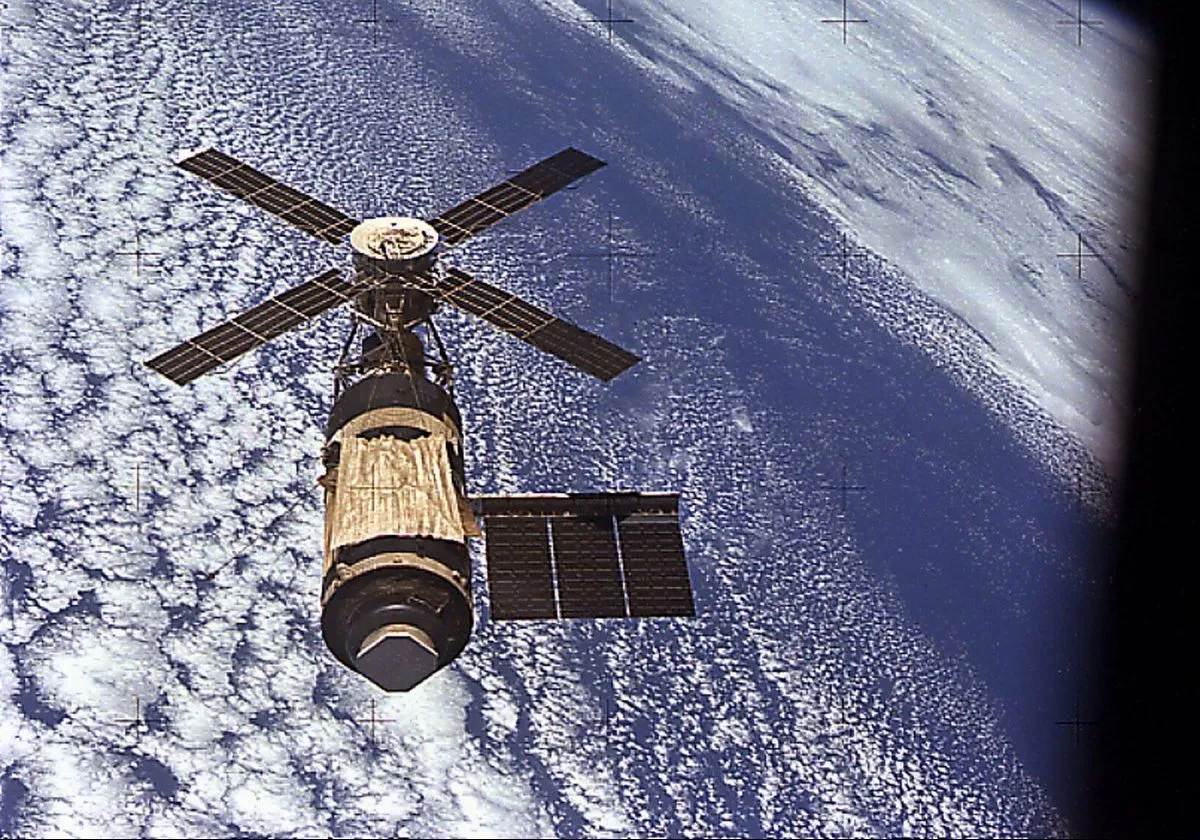The lunar missions of Apollo are well chronicled, but there were extensive plans made for follow-on missions, of which only 1973 ‘s Skylab and 1975’s Apollo-Soyuz survived.
Starting in the mid-1960s, the Apollo Applications Program, which was overseen by Apollo 12 and Skylab astronaut Alan Bean for a time, dreamed up various ways to continue using Apollo hardware after the lunar landing program.
These included Apollo-derived space stations, lunar outposts, Lunar Module-based 'moon trucks' and even a possible Mars flyby.
Read more of Rod Pyle's Secrets of Apollo:
But of these mission plans, perhaps the most inspired—or outlandish, depending on your point of view—was one that outlined a crewed flyby of the planet Venus.
NASA had flirted with the notion of sending a spacecraft on a free-return trajectory to Mars, Venus, or possibly both for a number of years.
A number of studies were contracted out and while complex and expensive, there were no technical hurdles that could not have been overcome with enough engineering and money.
The Saturn V had the power to launch the spacecraft toward Venus, the Apollo capsule would soon be battle-tested via the lunar flights, and the upper stage of the Saturn rocket- the S IV-B stage - could have been converted into a habitat for the Venus-bound explorers.

Protecting them from the ghastly amounts of solar and cosmic radiation was another matter, and a major solar event such as a coronal mass ejection, could have done serious harm to the astronauts, even with extra shielding installed in the Apollo capsule.
Nonetheless, the plan was seriously considered for a time.
The round trip to Venus and back would have taken just over a year, with the crew living in quarters about the size of a small apartment.
While their loop past Venus would only last a few hours, they would drop various probes into the planet’s atmosphere and conduct astronomy en route from a large telescope mounted on the S IV-B stage.
In the end, the Apollo Applications Program’s budget was cut along with the rest of the post-Apollo 17 lunar flights, dooming the more exotic mission plans.
But had it been attempted, Apollo’s journey to Venus would have been an amazing - if dangerous - journey.
This article originally appeared in the August 2019 issue of BBC Sky at Night Magazine.
Rod Pyleis the author of 15 space books and Editor-in-Chief ofAd Astramagazine for theNational Space Society.